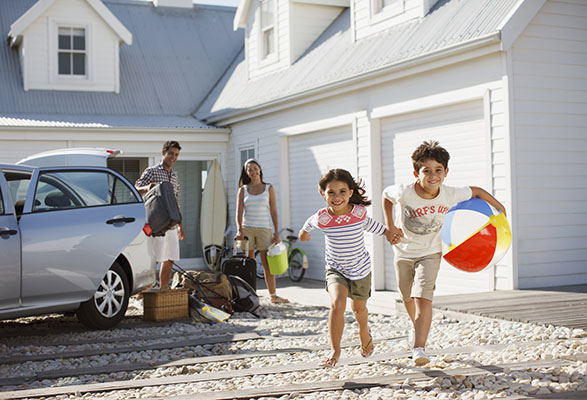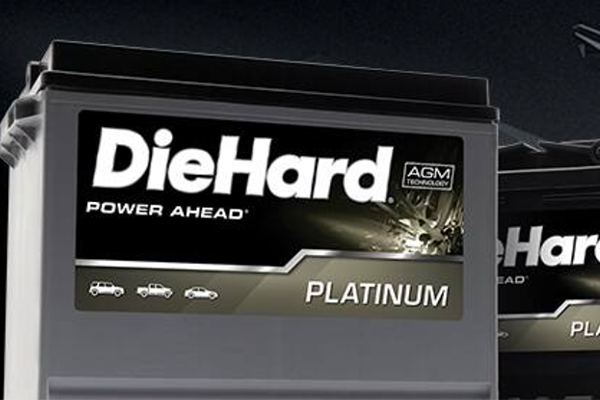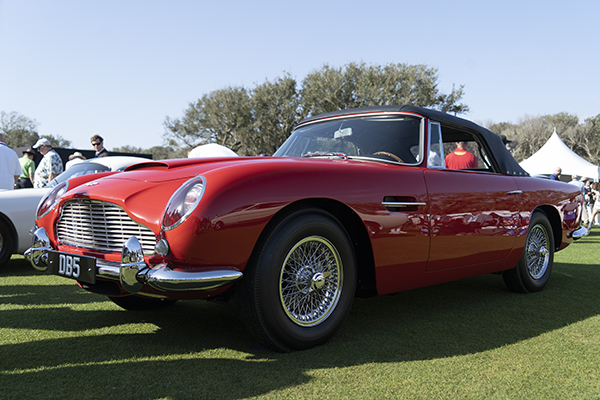Baby boomers may have grown up without booster seats and child seats, free to move around the car at will, but those days are over. After all, you don't want a kid to turn into a missile in the event an accident or panic stop... and we're lucky that it never happened to us adults when we were kids. Now it's not only a good idea to use child seats and booster seats — it's the law, after all.
Do you know the best way to use booster seats? Let's discuss.

Source | U.S. Air Force photo by Dennis Rogers under CC
Child Seats Vs Booster Seats
Child seats are specifically for kids younger than four (and under 40 pounds or so), while booster seats are for older children. Combination child/booster seats are available, for easy conversion when the kid is old enough or big enough to make the transition (but remember that the child will quickly outgrow a combination child/booster seat).
Still, only about six percent of kids aged four through eight are riding in booster seats.
It's important to know the different types available and the right way to use them.
- Without a booster seat for a kid who's 4'9" or shorter, the shoulder belt will go across the neck and the lap belt across the abdomen, both of which can result in serious injuries during a collision.
- Some booster seats are available with an integrated shoulder belt, for vehicles that have lap-only belts in the rear seats. For kids in the 40-60 lb range, backless booster seats are available for vehicles with seat backs that extend above the child's ears.
- Some booster seats have side bolsters and contours like a sport seat, and are a good choice if you live in an area with curvy roads or if you do some spirited driving from time to time.
How To Use The Booster Seat
Do you know the right way to install a booster seat? Improperly mounting it can be bad news.
- Ensure your booster seat fits the child and is comfortable. Let him or her sit in it before you go through with the purchase.
- Bring the booster seat out to your vehicle and be certain it'll fit in the rear seat. Don't forget to register the booster seat with the manufacturer.
- Before you install the booster seat, be sure to pull the seatbelt all the way out. Taking the seatbelt to the end of its travel will ensure that the seatbelt is locked in position.
- It's important that the booster seat is installed securely and snugly, with no wiggle or looseness. Push the seat down and in toward the back of the seat with all your weight as you take the slack out of the seatbelt.
- Read the instructions and if the booster seat includes any clips, latches or other accessories, be sure to use them according to factory instructions.
Booster and child seats might seem like an inconvenience, but it's an investment in your child's safety. As much as we all hope we'll never get into a traffic collision, it's better to be safe than sorry. Also, by using a booster or child seat in accordance with local laws, you're avoiding a run in with the cops.
Any other tips on choosing a booster seat for your child? Let us know about your experiences in the comments.








